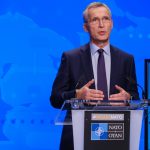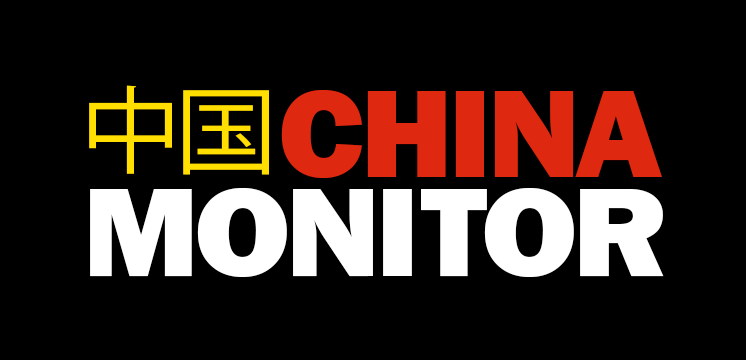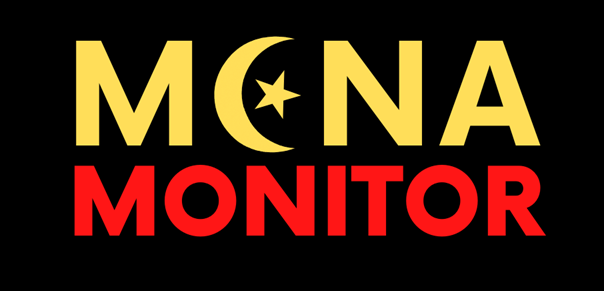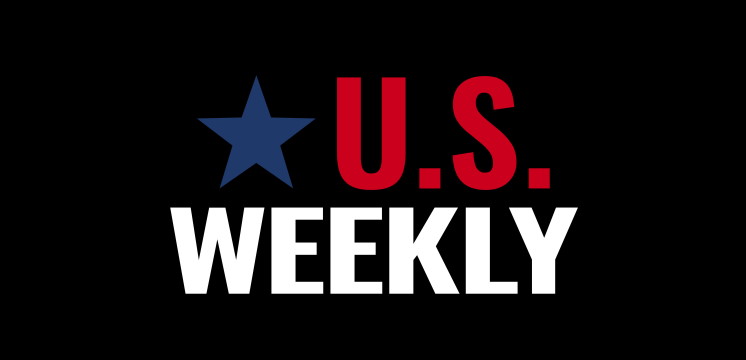SPECIAL REPORTS
Date: 4 April 2021
Author: Przemysław Pacuła
Four Challenges For NATO 2030
On the verge of the third decade of the twenty-first century and after many years of being associated with operations abroad, the North Atlantic Alliance is returning to its roots by performing missions to ensure collective defense. What remains the chief adversary of NATO is Russia, but the military bloc is also aware of the China challenge.
- Since 2014, NATO countries have been committed to adapt their military to modern threats and new forms of the potential battlefield. They simultaneously saw an increase in defense spending while the tendency may reverse as the COVID-19 pandemic hammered the balance sheets of NATO members.
- Transatlantic ties soured while Donald Trump was in power. The former U.S. leader complained that other member states had not spent the agreed-upon part of their gross domestic product on defense. Possibly the Joe Biden administration will seek to mend this relation.
- For Poland, NATO is still a pillar of national security. It is vital for the interests of Warsaw to keep the military bloc coherent, as well as sustain robust transatlantic ties and a joint stance on Euro-Atlantic security.
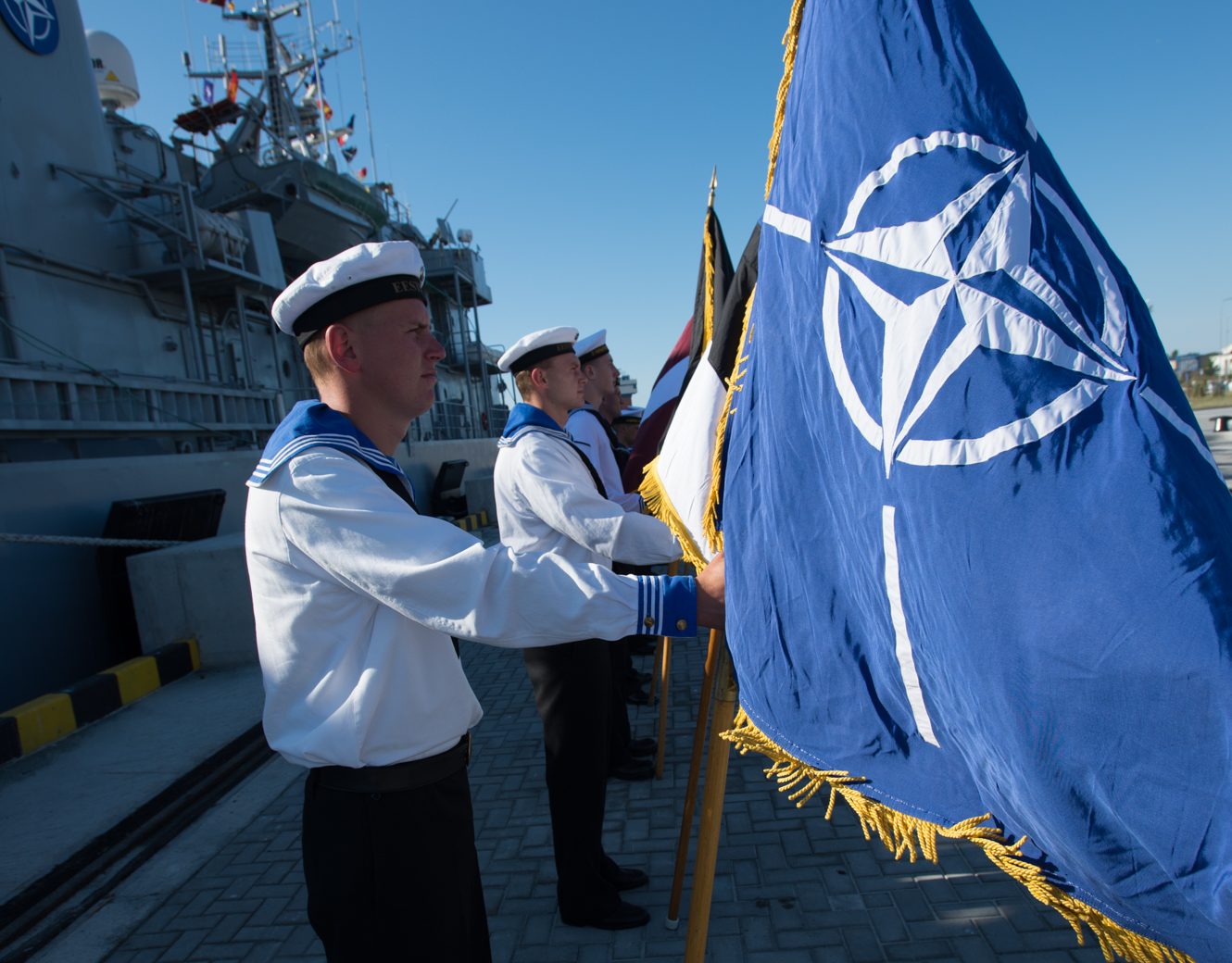
Introduction
Thirty years past the Cold War when many debated whether the North Atlantic Alliance could still serve a major role in the Euro-Atlantic world and which this could be, it remains obvious that the military bloc has been a key to guarantee security in Europe over the last 72 years. Despite political turmoil, constant geopolitical shifts, and new security challenges popping up, it has retained its military and political position among members of the Euro-Atlantic community.
In the early 1990s, after the fall of the Soviet Union, or the chief adversary to Western Europe for a couple of decades, the potential of NATO seemed quite complex once compared to the threats of that time. It is quite the contrary to what we are now dealing with as both Europe and the United States need to tackle still-emerging perils, and the military alliance is still dwelling on how to safeguard efficient deterrence and defense as well as take conclusive steps while disposing restricted measures. How to handle threats accordingly with their importance, how to find a common denominator while classifying them, and what strategy to follow? How to encourage political cohesion in the 30-member alliance and how to shape ties with the European Union – as the group shows strategic aspirations – and the new administration in Washington?
Part of this discussion recently came with the group of NATO experts, or the Reflection Group, co-chaired by Thomas de Maizière and Wess Mitchell, with Poland’s former foreign minister Anna Fotyga as one of the members, mandated at the NATO Summit in London (December 1–2, 2019). Although the panel was tasked with heading up a reflection process on how the alliance pursued its political activities, the report points to security and related forecasts by 2030. The analysis was handed over to NATO Secretary General on November 25, 2020, and then to NATO countries at a meeting of foreign ministers (December 1–2, 2020) before made available to the public[1].
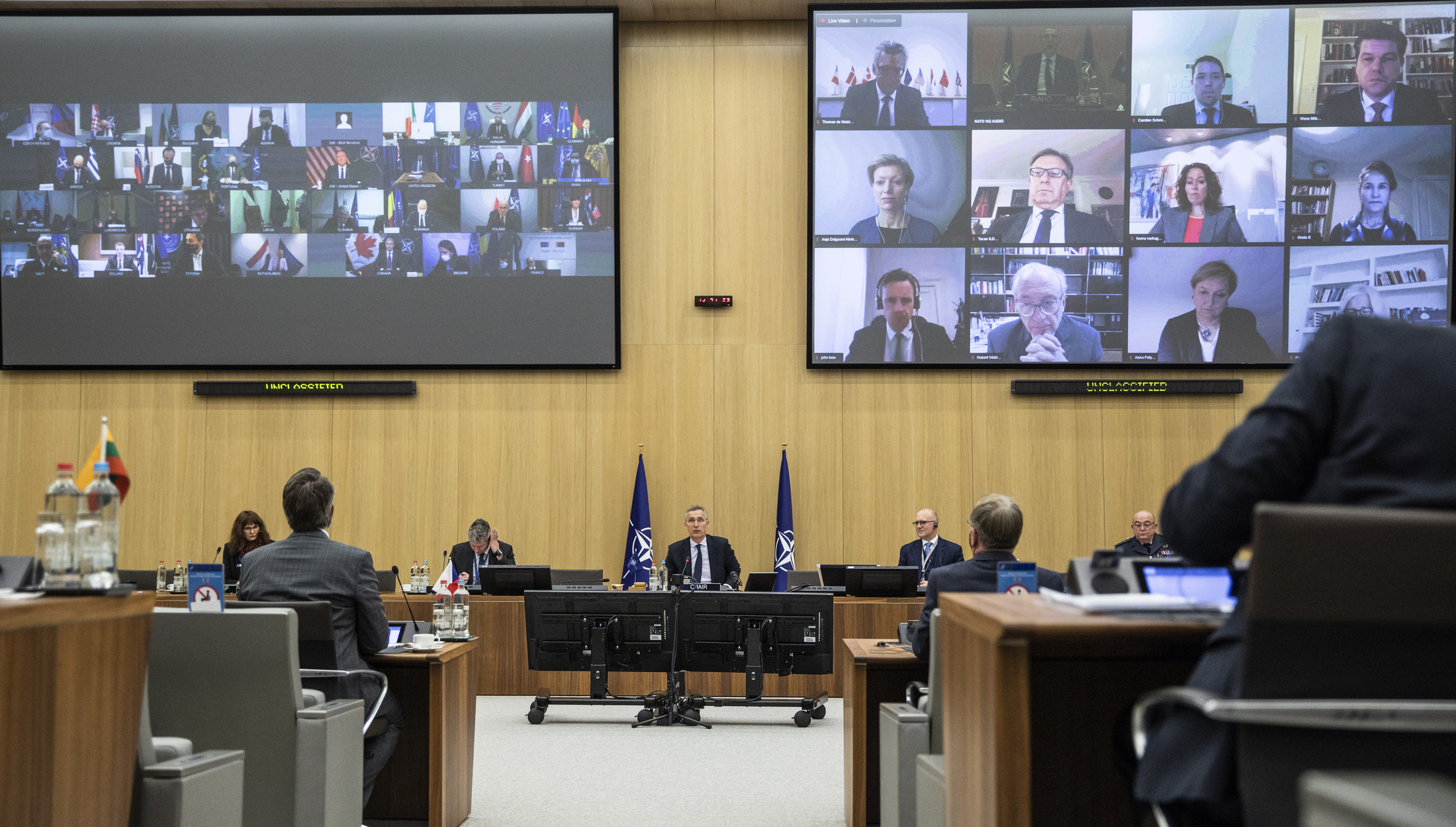
Despite this, the military bloc has worked for a couple of years by now to boost its deterrence and defense capabilities. Russian aggression of Georgia in 2008 was indeed a weighty event yet did not change anything that much in how the alliance and its role were both seen as did Moscow’s military invasion of Ukraine in 2014. The NATO meeting in Lisbon in 2010 – when its nations adopted a new Strategic Concept, an official master strategy document still in force – countries envisaged deeper cooperation with Russia, and then President Dmitry Medvedev attended both the summit and the NATO-Russia Council. In turn, a high-profile meeting in Wales in 2014 and, most importantly, that in Warsaw focused more on elaborating a response to an emerging threat on NATO’s eastern wing. In consequence there came solutions like the Enhanced Forward Presence in Poland and the Baltic States (2016), an increase in the number of NATO commands (2018) after a years-long reduction, or adding some new allied forces ready for employment within a few weeks since the outbreak of a potential conflict (NATO Readiness Initiative, 2018).
Getting back to its roots, or pursuing the collective defense mission, has contributed greatly to a renewed role of the alliance in the security architecture in Europe. It is a kind of paradox as only recently has the bloc been associated with missions like those in Afghanistan and the Balkans. What will NATO look like in ten years and what will influence its condition? Below is the author’s compilation of the top four NATO challenges by 2030.
1. New factors in deterrence and defense efficiency
At the heart of the North Atlantic Alliance is a promise of collective defense. A couple of decades after the end of the Cold War, the bloc used the peace dividend, welcomed new members joining the club (the 1990s), and fought a new war against terrorism in the first years of the twenty-first century. The past decade brought a breakthrough in how security was seen while reviewing a repertoire of threats and challenges. On the one hand, the Russian aggression of Ukraine made the risk of war in Europe far more possible while the alliance needs to develop adequate defense capabilities, and not just the stabilization forces outside – in Afghanistan, Iraq, and in the Balkans. Russia, on the other, shocked NATO countries with an array of its non-conventional and hybrid activities like the rigged vote, the use of nerve agents (the Salisbury attack), cyber attacks, and the deliberate and structural use of disinformation.
Support Us
If content prepared by Warsaw Institute team is useful for you, please support our actions. Donations from private persons are necessary for the continuation of our mission.
Since 2014, the alliance has seen a process to adapt its military to reinforce the command structures, strengthen readiness and responsiveness, and adjust defense and operational plans to threats and challenges. Meanwhile, a modern battlefield is now far more complex and demanding, which implies the need to boost outer space capabilities (to shield GPS and observation satellites), defy Anti-Access/Area Denial (A2/AD) zones, as well as to conduct electronic warfare and air defense (anti-missile) tasks or many other. Also, the alliance is looking into disruptive technologies related to the use of artificial intelligence that can both represent a threat to NATO and help augment its defense and deterrence capabilities.
Hybrid forms attract attention to the need to encourage resilience of NATO countries in line with Article 3 of the Washington Treaty. Issues like civil protection, crisis management, energy security, and cybersecurity are among those being of ever-increasing importance to the alliance. Quite importantly, this is what offers the biggest potential for EU-NATO partnership. How vital this might be is the fact that Poland’s National Security Strategy, approved by the President of the Republic of Poland, seeks to enhance the country’s resilience[2].
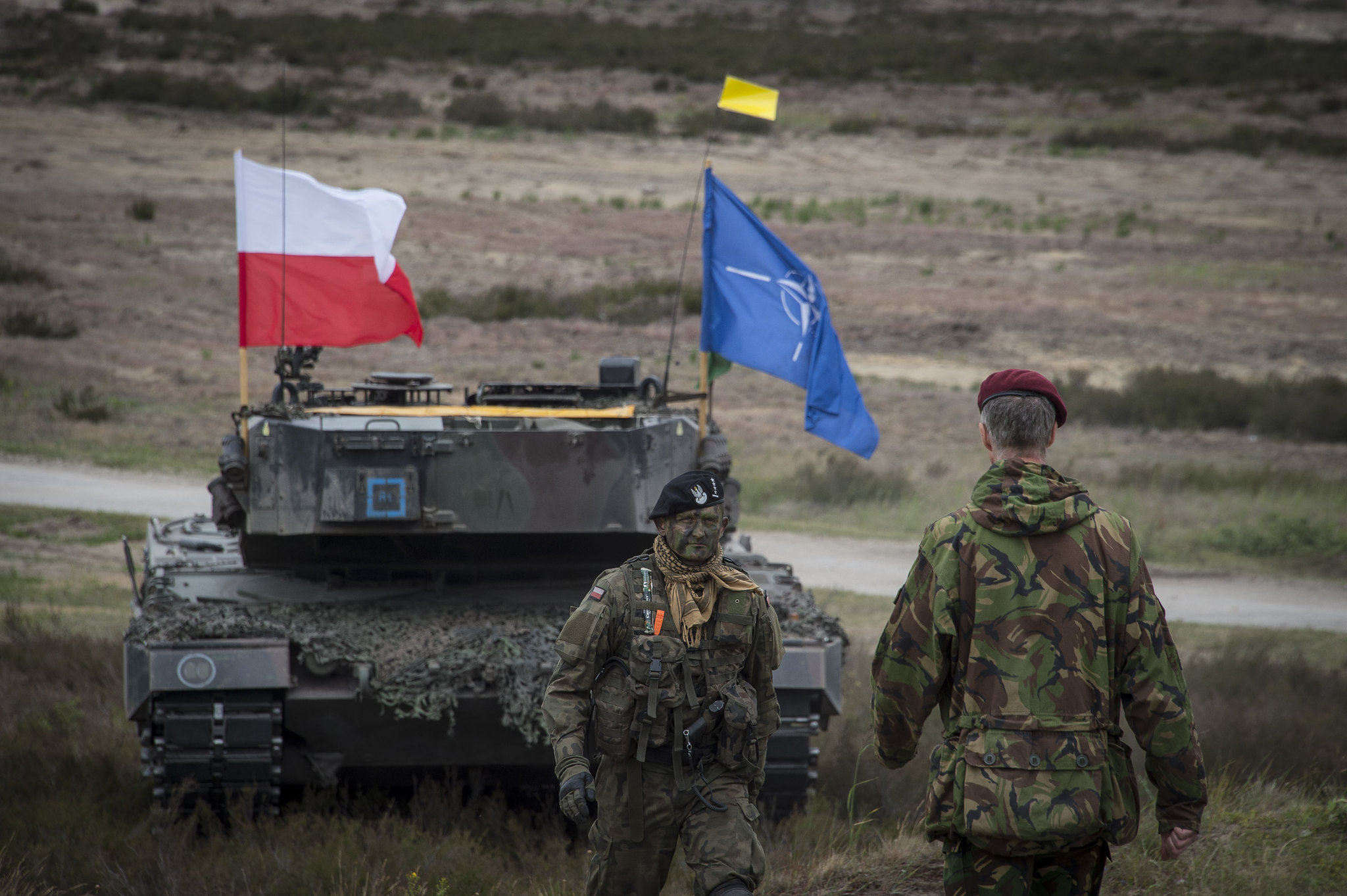
That is how the spending of NATO allies should be seen. Demanding that countries allocate more on defense stems directly from the rise in threats and challenges for Europe. The alliance cannot maintain effective capabilities in the fields above with no appropriate budget levels. Recent years have seen an upward tendency but many NATO states spend on military much less than 2 percent of GDP. Poland is known for being among the countries that meet this target.
The COVID-19, which hit the headlines a year ago and has continued ever since, brings three possible consequences. First, the economic crisis amid the pandemic, including a massive drop in GDP or rescue plans for the hardest-hit industries, may in the long turn reverse the tendency, putting an end to an increase in defense expenditure. Draft budgetary plans for 2021 look somewhat promising, but some countries may face tough financial decisions in the years that follow. What is worthwhile, a decline in GDP may bring a real drop in defense spending while keeping the percentage rate virtually undiminished. Secondly, the pandemic revealed another link of state vulnerability to threats. Countries will in the future increase health care spending to prepare for new pandemics, a necessity to push defense further on the list of priorities although security concerns did not fade as the COVID-19 pandemic swept across the globe. Thirdly and ultimately, countries like China and somewhat also Russia seized the pandemic to extend their political influence in Europe by distributing protective equipment and vaccines or offering financial help.
2. Strengthening transatlantic ties
Donald Trump’s time in the White House was turbulent for transatlantic ties. Just four days before being sworn in as next U.S. president, he labeled NATO as obsolete, raising concerns over a new U.S. security policy. Speaking at the meeting of NATO leaders in May 2017, Trump did not confirm America’s commitment to the bloc under Article 5, calling fellow members to meet the benchmark of 2 percent of their gross domestic product on defense. It was only the NATO summit in Belgium (July 11–12, 2018) that provoked the discussion on the United States’ relationship with Europe. Donald Trump started strongly by calling Germany “a captive of Russia” in energy matters and pressed NATO allies to meet their commitment to defense spending. Trump has railed on NATO nations for not spending 2 percent of GDP on defense – a condition that some countries met at that time – upping the ante and saying these should increase the expenditure to 4 percent. In his last year as U.S. leader, Donald Trump approved plans to withdraw some U.S. troops from bases in Germany and to reduce the number of military personnel in Iraq and Afghanistan, thus underscoring the future of NATO missions in both countries.
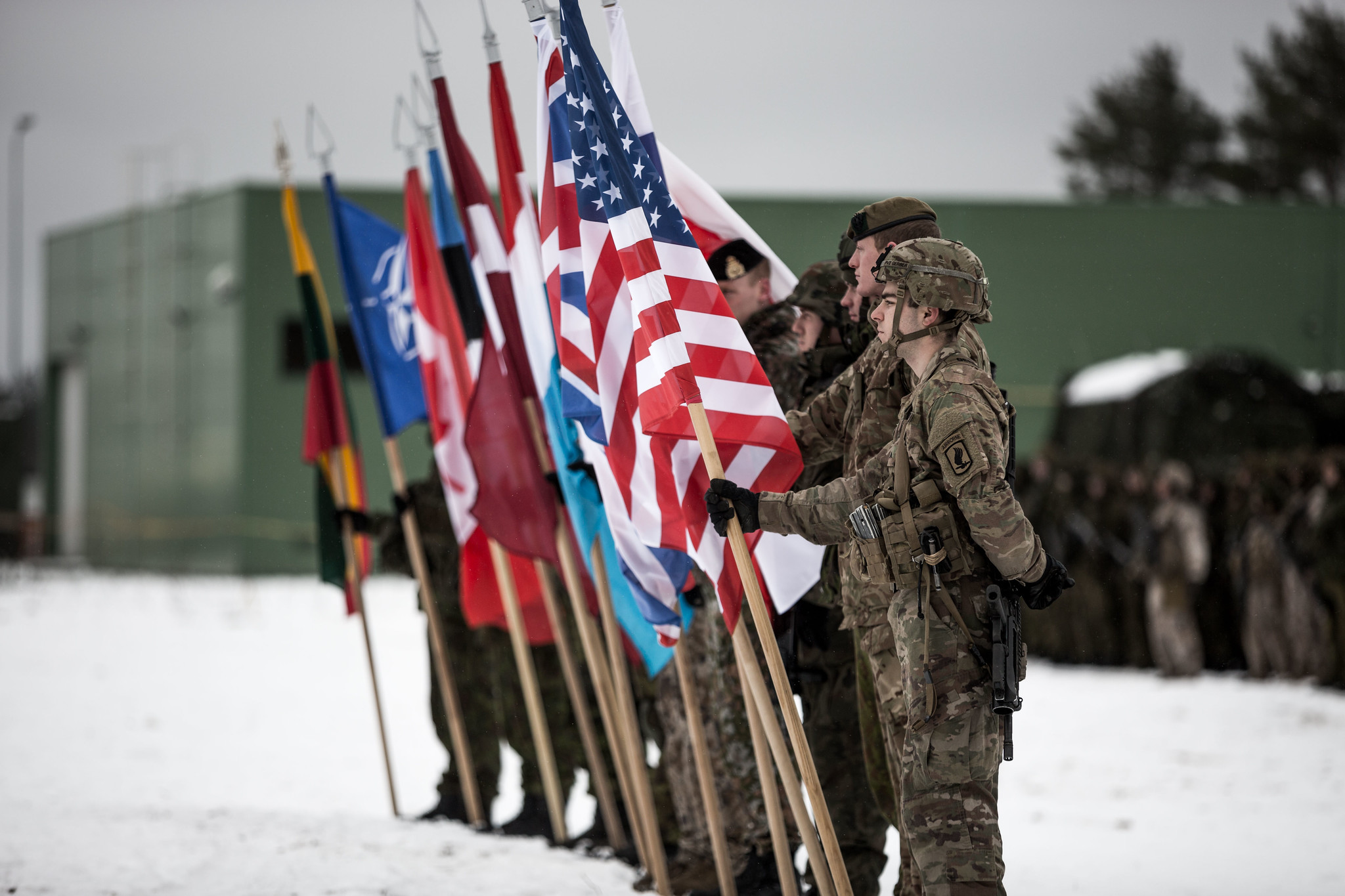
What is worthwhile, the issues raised by Trump, notably that of defense expenditure, were earlier on the table in Washington’s discussions with NATO allies. With his policy, countries of the bloc started to take far more seriously the 2 percent benchmark as negotiated at the summit in Wales in 2014. Nonetheless, most European countries and NATO leadership saw the victory of Joe Biden as a sign of better transatlantic ties.
It is expected that the Joe Biden administration will improve relations by embarking on a more diplomatic language while in talks with states like Germany and France. In his remarks at the Munich Security Conference, held online in February 2021, the new president hailed the North Atlantic Alliance, and sometime earlier he had said he would keep U.S. troops in Afghanistan and freeze plans to withdraw military personnel from Germany. What seems to remain on the table is defense spending, NATO’s stance on China and Russia, increase in the alliance’s military readiness, EU-NATO cooperation, or arms control while what will matter most to the political and military health of the bloc is to work out joint answers to new dilemmas and challenges. Works are now underway to adopt the EU’s Strategic Compass by 2022, a particularly vital step in this context. What will weigh most on Europe’s security in a couple of years are the issues of the EU’s strategic autonomy, plans to develop the Common Security and Defense Policy (CSDP) and how these processes are aligned with NATO’s activities.
3. Russia
Russia is still the chief challenge to European security, both militarily and politically. Kremlin officials sought confrontation with the West while pursuing their strategy on various levels. Poland is most interested in what is taking places across Central and Eastern Europe. These encompass the Russian military invasion of Ukraine, the emergence of frozen conflicts, war games simulating an attack on NATO countries, the ongoing military and missile buildup on Russia’s western border, also in its exclave of Kaliningrad, hybrid activities targeting the alliance with intelligence and cyber methods, or toolkit for disinformation, propaganda, and economic pressure. Moscow conducts similar activities in the Far North, the Black Sea, the Middle East, and North Africa.
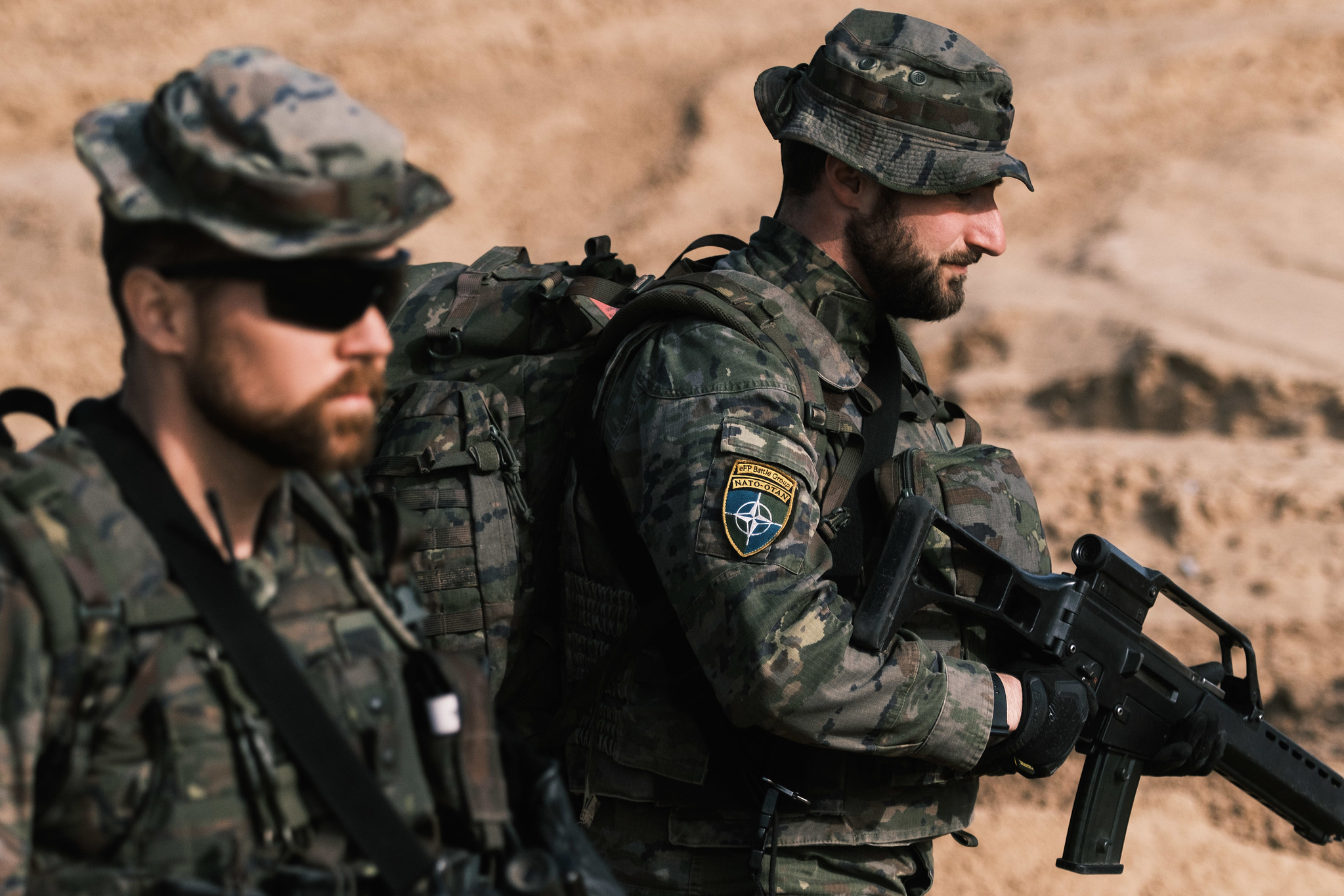
At the meeting in Warsaw, NATO leaders agreed on a double approach towards Russia, consisting of both enhancing the bloc’s defense and deterrence capabilities and seeking dialogue opportunities. Although NATO members have a distinct view on where and how to put an emphasis in their policy toward Russia, it seems that even those in favor of extending the dialogue with Moscow should have no doubts over Russian intentions vis-a-vis the alliance. Nonetheless, the allied policy on Russia will be another challenge to keep the bloc coherent in the coming years. NATO states will soon debate on a new Strategic Concept, with its update outlined as one of the conclusions in the report prepared by the Reflection Group, as talks are scheduled to kick off in Brussels probably after a meeting in June 2021.
4. China
Though it is Russia and its deeds that are a top point of reference for NATO’s defense and deterrence policy, the bloc is looking into China and its activity worldwide, poised to soon rise as a serious and complex challenge (threat?) for the Euro-Atlantic group. Announced by Barack Obama back in 2012, the American pivot to Asia raised some concerns over the place of Europe in the U.S. security policy yet Washington temporarily halted its strategy amid the Russian invasion of Ukraine. This does not change the fact that China has for long been the number one rival of Washington and – as the United States occupies a vital role in the alliance – the topic will surface in the NATO HQ in Brussels. What might grapple most the bloc is the steady increase in Beijing’s defense spending, the country’s growing militarization in Southeast Asia, its ever-bigger military footprint in the Middle East and North Africa, or China’s progress in building technological capacity by acquiring companies like Pirelli, IBM or Volvo and infrastructure facilities (the Greek port of Piraeus).
NEWSLETTER
Europe, including Poland, somewhat straddles the issue. On the one hand, Washington keeps pushing the alliance and its members to cut dependence on China, an example of which is an ongoing debate on the 5G wireless technology and related threats amid its rollout by Chinese tech companies, notably Huawei. On the other, though, China remains a booming market for European – and Polish – businesses or a source of loans and investment projects. In this context, it will be interesting to observe how the EU’s joint stance on the signing of an investment deal with China will affect the transatlantic bond and the very debate within the bloc.
Conclusions
Poland sees its membership in NATO as a top pillar of national security in an unpredictable world full of uncertainty and emerging threats. Keeping the North Atlantic Alliance both efficient and coherent is in the vital interest of Warsaw and other NATO members, especially those small and medium-sized in Central Europe.

Militarily, it is essential to ensure credible means for NATO’s deterrence and defense, also by promising a full, efficient, and rapid response to an armed invasion regardless of where this took place and the number of enemy forces. Thus NATO should place its defense planning process upon a realistic assessment of both threats and potential of its adversaries. On the eastern flank this is Russia.
Furthermore, it is crucial to still build resilience capabilities of allied countries to make them able to respond to all kinds of hybrid threats. What is primordial in this respect is to tighten cooperation with the European Union and focus on looking for complementarity and coherent tasks and planning, and not to duplicate any existing missions or structures.
Politically, it is of chief importance to maintain a robust transatlantic link and a joint stance on Euro-Atlantic security with related challenges and threats. It is also vital for Poland to tighten NATO’s cooperation with its partners – notably in the north and the east – to increase stability right beyond NATO’s borders.
Author: Przemysław Pacuła
A graduate of international political and economic relations at the Warsaw School of Economics. He has been worked at the National Security Bureau since 2007. Currently in charge of the NATO and EU Department in the Department of Strategic Analysis. The opinions expressed in the report are the sole responsibility of the author and do not necessarily represent the official position of the institution.
[1]https://www.nato.int/nato_static_fl2014/assets/pdf/2020/12/pdf/201201-Reflection-Group-Final-Report-Uni.pdf
[2]https://www.bbn.gov.pl/ftp/dokumenty/Strategia_Bezpieczenstwa_Narodowego_RP_2020.pdf
_________________________________
All texts published by the Warsaw Institute Foundation may be disseminated on the condition that their origin is credited. Images may not be used without permission.


